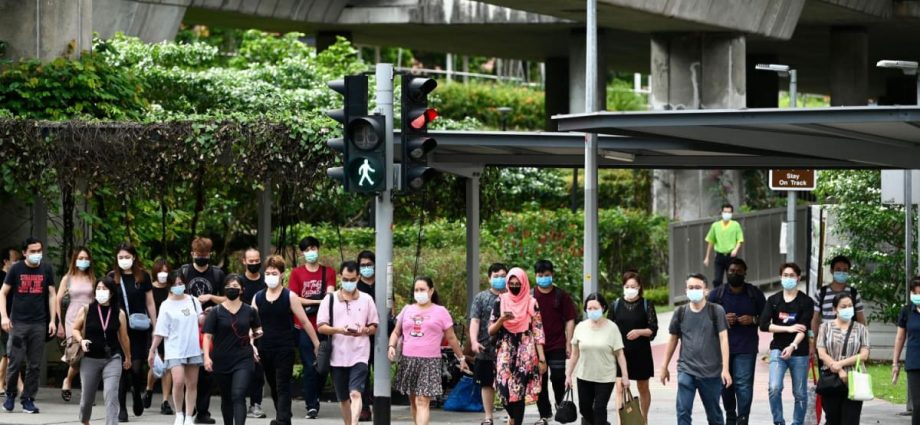
Deputy Prime Minister and Finance Minister Lawrence Wong said at the Institute of Policy Studies Perspectives conference in January that there is a “need to redouble investments in skills and human capital”. Government spending on education, including programmes like SkillsFuture, increased from S$9.9 billion in 2010 to S$12.3 billion in 2019, though as a share of government operating revenue, it shrank from 21.4 per cent to 17.1 per cent.
Climate change also poses an existential challenge to a low-lying island like Singapore. Prime Minister Lee Hsien Loong had previously said the Government could spend S$100 billion over the next 50 to 100 years to protect Singapore from rising sea levels.
As evidence of the effects of climate change grow by the day, Singapore may have to lean more and faster into its climate adaptation strategy by bringing forward the expenditure on defensive structures. In 2020, the Government set up a new coastal and flood protection fund, with an initial outlay of S$5 billion.
WIDENING FUNDING GAP
But at the same time, expanding the Government’s revenue is getting more difficult. How will Singapore ensure we have the fiscal resources required?
Since 2015, Singapore reported an annual primary deficit in each year except in 2017 – this means the Government’s operating revenue did not fully meet its total expenditure, without including special transfers such as the Jobs Support Scheme and Care and Support Package cash payout.
Operating revenue, as a share of GDP, has been stable at 15 per cent over the past decade. If spending is expected to reach 20 per cent, a primary deficit of 5 per cent of GDP implies a funding gap of about S$27 billion (based on FY2021 GDP figures).

